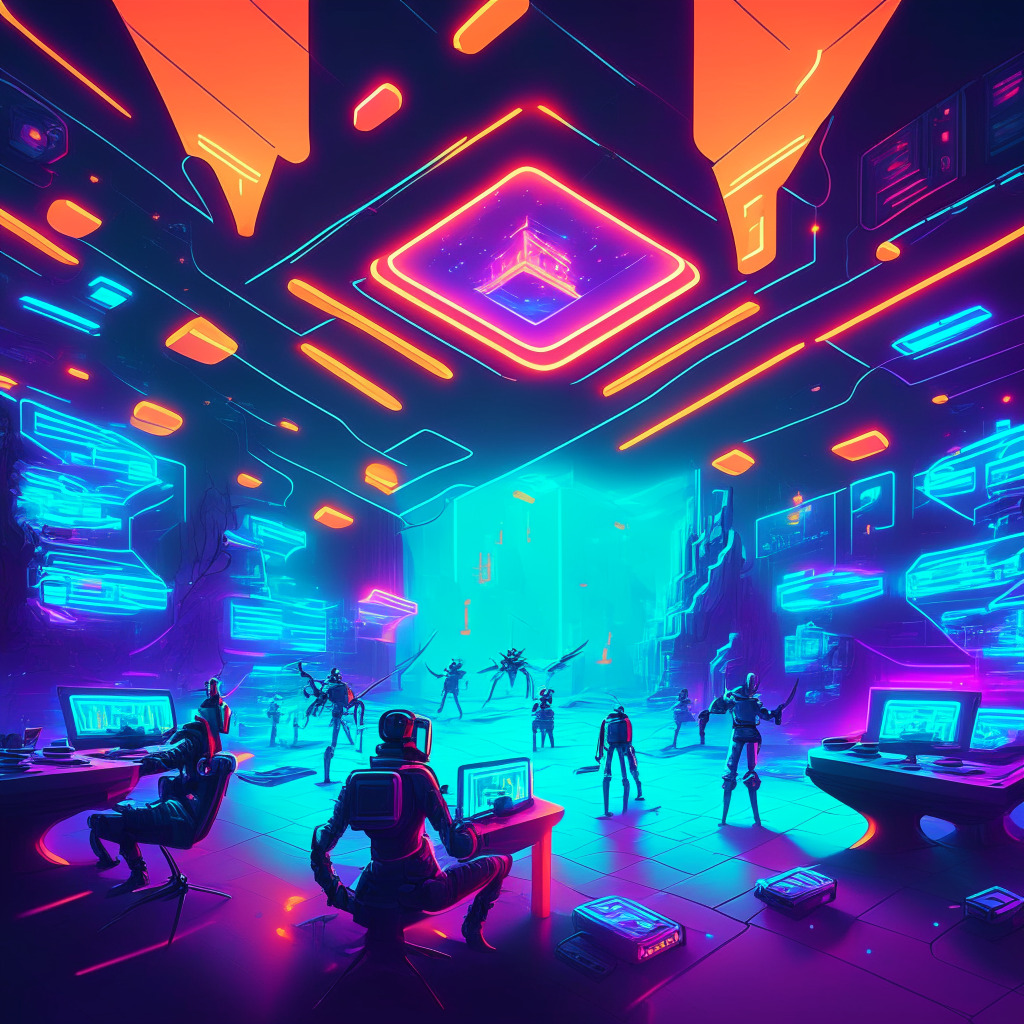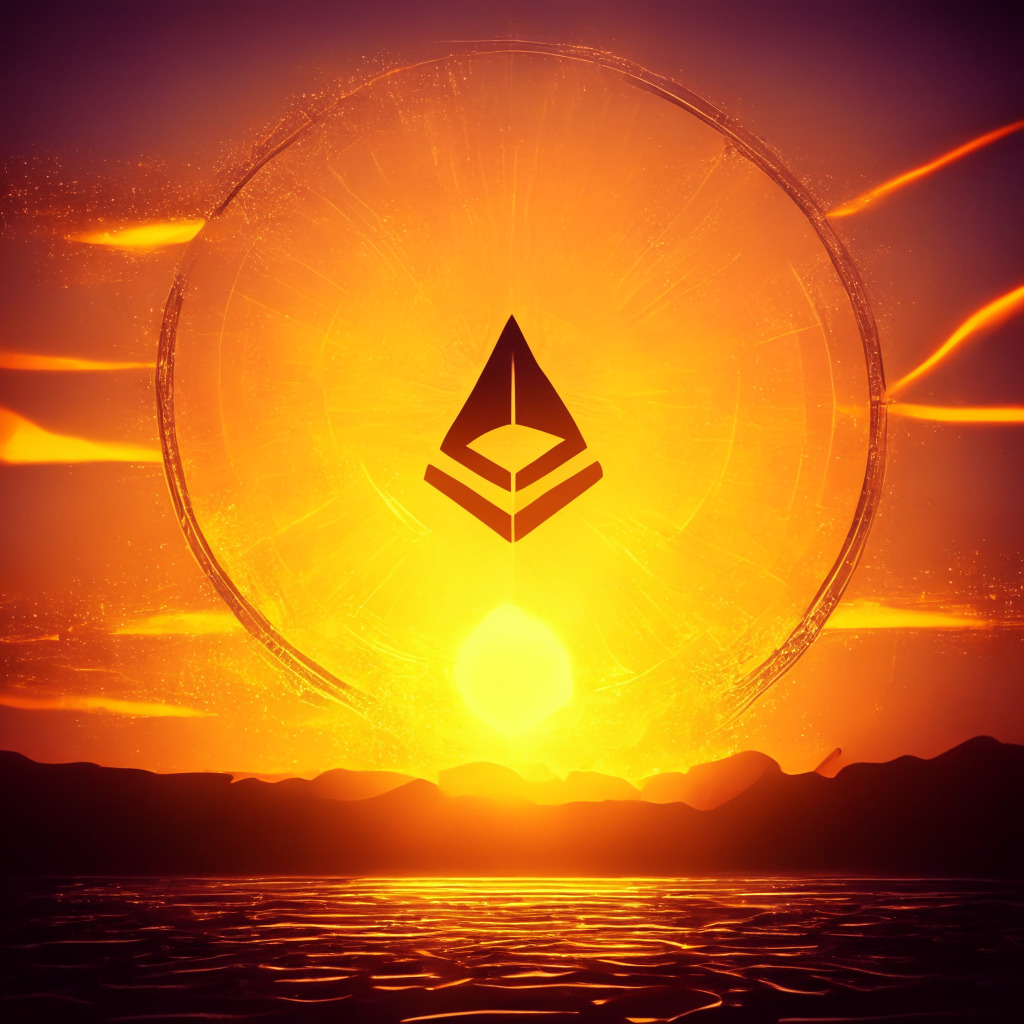Web3 gaming is an emerging sector, with blockchain technology empowering players to own and trade in-game assets, all while enjoying new and exciting gaming experiences. In this context, HyperPlay, an innovative platform facilitating access to Web3-native games, recently secured a substantial $12 million in Series A funding. Notably, the round was co-led by prominent entities Griffin Gaming Partners and Bitkraft Ventures, with major Ethereum software studio ConsenSys participating as well.
Established in November last year as a collaboration between ConsenSys and the gaming-focused DAO Game7, HyperPlay has since secured a firm foothold within the Web3 gaming sphere. The platform emphasizes its commitment to fostering an open and developer-friendly environment for gaming, which, according to Pierre Planche, a partner at Griffin Gaming Partners, “encourages technical innovation in games, and accruing more value to developers versus traditional constructs.”
In contrast to traditional gaming revenue models, such as that of the Apple Store, HyperPlay positions itself as a loyal supporter of developers. According to JacobC.eth, HyperPlay’s pseudonymous founder and former operations lead at MetaMask, the platform plans to monetize through complementary services rather than taking a significant portion of developers’ in-game proceeds.
With popular Web3 games like The Sandbox, The Bornless, Phantom Galaxies, and DeFi Kingdoms in its portfolio, HyperPlay is undoubtedly making significant strides in the blockchain gaming scene. Interestingly, it also integrates traditional video game listings from established stores like Epic Games and Good Old Games. As a result, the platform caters to PC gamers looking for a comprehensive, one-stop-shop experience.
However, it is crucial to acknowledge that, as with any emerging technology, there are potential cons associated with Web3 gaming. Critics argue that the integration of NFTs and crypto tokens within gaming ecosystems may complicate the user experience, while others voice concerns surrounding the potential volatility of in-game assets. With the space still in its infancy, it remains to be seen how these challenges will be addressed.
Regardless, with the fresh injection of funds, HyperPlay is set to continue refining and expanding its launcher, seizing opportunities for international growth. As the platform further develops, it will be fascinating to observe the impact it has on the adoption of Web3 gaming and whether it can truly revolutionize the gaming industry.
Source: Decrypt




